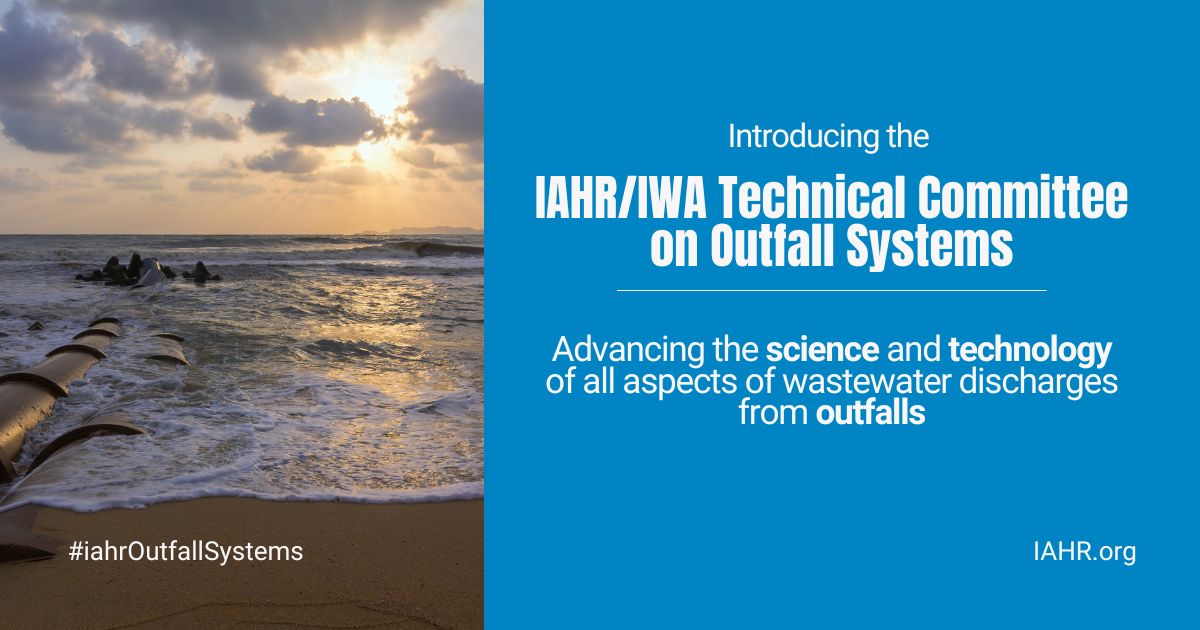IAHR/IWA Joint Committee on Outfall Systems
#iahrOutfallSystems
Message from the Chair
While the world has seen many changes and faced many challenges in the last few years, the need to safely dispose of wastewater has anything but diminished. Effective sanitation and the conservation of our oceans, rivers and marine resources remain paramount and form two of the key United Nations Sustainable Development Goals.
Despite recent challenges, work has continued internationally to advance the science and technology of all aspects of wastewater discharges from outfalls. Many new outfall systems have also been built or are currently in development making 2023 an exciting year for all practitioners in this field!
So, whether your interest lies in design, construction, diffuser hydraulics, environmental impacts, or outfalls as a whole, we hope you find the content of interest and it encourages you to get involved.
Next events
Call for bids to host the 5th International Symposium on Outfall Systems (ISOS) in 2026. Keep updated
Latest publications
Annual report of activities (2023)
Watch on demand IAHR Short Course on Outfall Discharge Modeling and Analysis (2023)
Newsletter IAHR/IWA Joint Specialist Group on Marine Outfall Systems (2023)
IAHR Book Series Numerical Simulation of Effluent Discharges Applications with OpenFOAM (2023)
Description
Outfalls, often designed as submerged multiport diffusers are gaining increased acceptance as effective means for the disposal of treated municipal or industrial wastewater, stormwater and combined sewer overflows, cooling water, and brine effluents from desali-nation plants into coastal waters and estuaries. The main objectives of the Committee are to advance the science and technology of all aspects of coastal wastewater discharges from outfalls and their design, and to facilitate communication between the diverse groups of practitioners in the field. The Committee recognizes the considerable potential for integra-ted systems of wastewater treatment and disposal that consider the response of the receiving waters and their natural assimilative capacity. The design and siting of submarine outfalls is a complex task that relies on many disciplines including oceanography, civil and environmental engineering, marine biology, construction, economics, and public relations. These diverse disciplines are rarely brought together in a single group and the strength of the Joint Committee is the linkage of the expertise of IWA, which is more oriented towards wastewater treatment and water quality issues (e.g. bacteria modeling, nutrient transforma-tion, algae growth, sedimentation and flocculation processes), with the expertise of IAHR, which is more oriented towards hydraulics and fluid mechanics (e.g. jets and plumes, stratified flows, coastal flows, mixing and transport processes, physical and numerical mo-deling, wave forcing, pipe scouring, internal manifold hydraulics).
